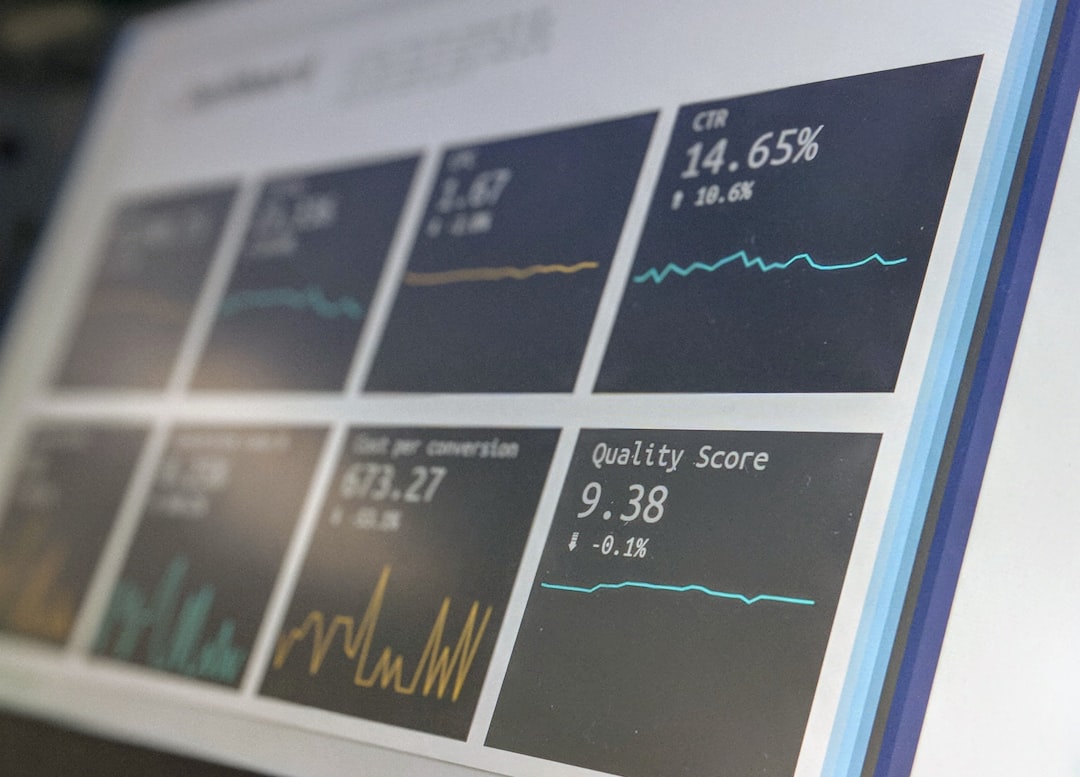
Understanding the Fundamentals of Health Economics: A Comprehensive Guide.
# Introduction. Health economics is an essential interdisciplinary field that combines economic principles with healthcare issues, aiming to analyze and enhance the efficiency of health systems. In an era of rising healthcare costs and limited resources, understanding health economics has never been more important. This blog post will provide a robust overview of the fundamental principles, concepts, and significance of health economics. # The Basics of Health Economics. At its core, health economics explores how resources are allocated in the healthcare sector and analyzes the impact of costs and value on patient care. Two main aspects are involved: the analysis of healthcare costs and the evaluation of health outcomes. In this context, health economics informs decisions about resource allocation, funding priorities, and policy direction. Key players in health economics include policymakers, health providers, researchers, and consumers. Each stakeholder plays a role in shaping the healthcare landscape by making cost-effective decisions that can have wide-ranging implications for public health. Understanding this dynamic is crucial for any aspiring professional looking to make an impact in the field. # Cost-Benefit Analysis in Health Economics. A fundamental principle in health economics is cost-benefit analysis (CBA), which evaluates the direct and indirect costs of healthcare interventions against their respective outcomes. CBA helps policymakers and healthcare administrators determine the value of specific treatments and interventions by quantifying both the costs incurred and the benefits yielded. This analysis includes quantifiable outcomes, such as recovery rates, quality of life improvements, and the overall impact on health status. For example, when assessing a new medication, researchers would weigh the monetary costs of purchasing and distributing the drug against the benefits, including improved health outcomes and reduced hospitalizations. Ultimately, CBA aids in making informed choices that maximize the effectiveness of healthcare spending. # Health Economics Models and Their Applications. Numerous models of health economics can be applied in various settings, ranging from individual patient care to public health initiatives. Some of the most commonly used models include: - **Cost-effectiveness analysis (CEA)**: This model evaluates the relative costs and outcomes of different healthcare interventions, allowing for comparisons between competing treatment options based on their efficiency. - **Cost-utility analysis (CUA)**: CUA extends CEA by incorporating quality of life into the evaluation. This approach uses quality-adjusted life years (QALYs) as a measurement, which considers both the quantity and quality of life gained from an intervention. - **Markov models**: These models track patients across different health states over time, allowing for the simulation of long-term healthcare outcomes and costs. Markov models are particularly useful in chronic disease management, such as diabetes and heart disease. By applying these models, researchers can comprehensively understand how healthcare resources are utilized and what outcomes result from specific interventions. # The Role of Health Economics in Policy-Making. Health economics plays a pivotal role in shaping healthcare policy by providing evidence-based recommendations to improve health outcomes while controlling costs. Policymakers often rely on findings from health economic studies to inform decisions on healthcare reforms, resource allocation, and funding priorities. If, for instance, a health economics analysis suggests that investing in preventive care yields long-term savings for the healthcare system, this insight can motivate policymakers to prioritize funding for preventive initiatives, ultimately benefiting the populace's health. As a result, the integration of health economics into public policy is essential for developing sustainable and effective healthcare systems. # Challenges in Health Economics. While health economics provides critical insights, it also faces numerous challenges. One significant challenge is the difficulty in measuring health outcomes accurately, as not all benefits of healthcare interventions are quantifiable. For instance, improvements in mental health or social well-being may be hard to measure using traditional economic metrics. Additionally, the variability in patient populations, healthcare settings, and cultural contexts can complicate the applicability of health economic models globally. Developing universally applicable models while considering local factors remains a critical challenge for health economic researchers. # Conclusion. Understanding the fundamentals of health economics is essential for professionals and stakeholders engaged in the healthcare sector. As the healthcare landscape becomes increasingly complex, leveraging economic principles is crucial to making informed decisions that enhance patient care and optimize resource utilization. By mastering concepts such as cost-benefit analysis and health economics modeling, individuals can significantly impact the design and implementation of healthcare policies and interventions. Health economics is not merely an academic exercise; it is a vital tool to ensure that healthcare systems deliver value and improved outcomes for patients while effectively managing costs. As we move forward in a rapidly evolving healthcare environment, embracing the fundamentals of health economics will be critical for sustainable progress. .







